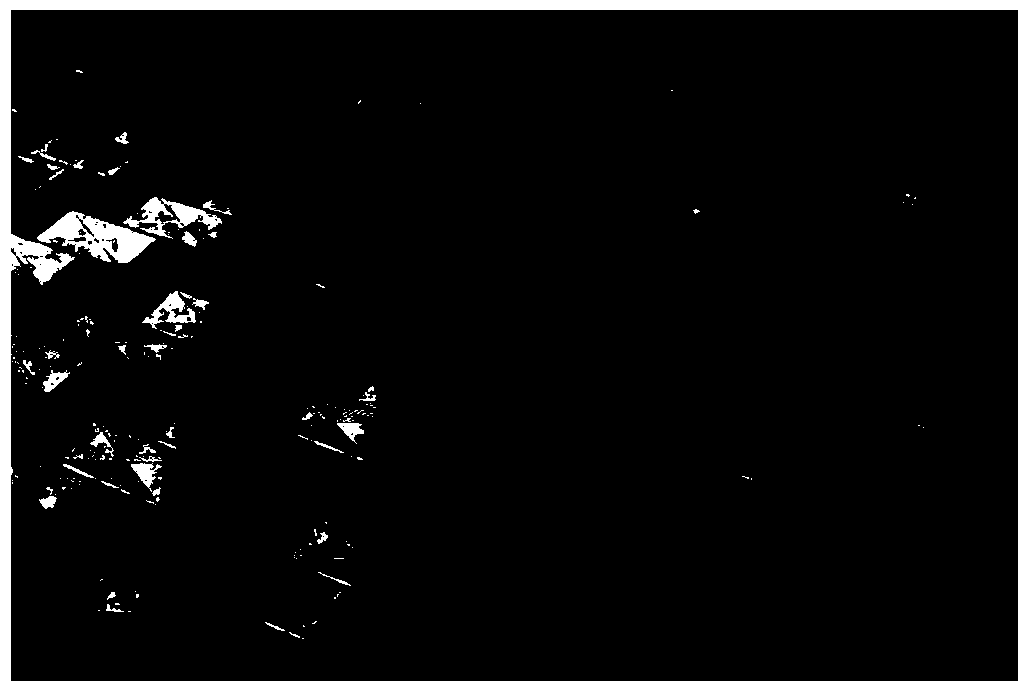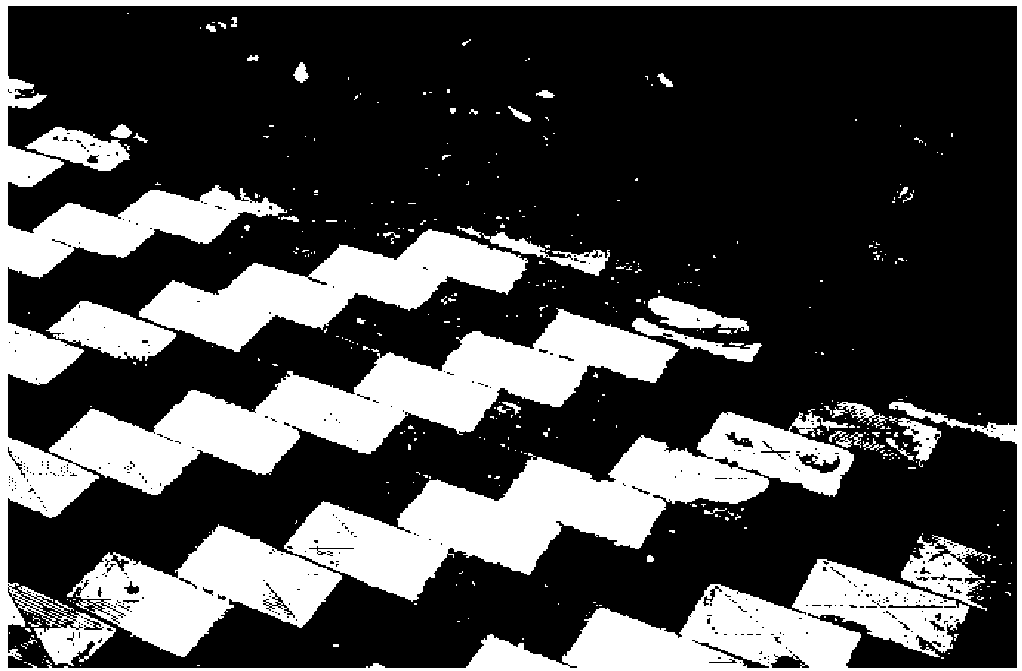Shadow Detection Method Based on Orthogonal Decomposition and em Algorithm
An orthogonal decomposition and shadow detection technology, applied in the field of computer vision and image processing, can solve problems such as difficult to apply real-time applications, large amount of algorithm data calculation, inability to detect shadows, etc. The effect of reducing time complexity
- Summary
- Abstract
- Description
- Claims
- Application Information
AI Technical Summary
Problems solved by technology
Method used
Image
Examples
Embodiment Construction
[0042] The present invention will be further described in detail below in conjunction with the examples.
[0043] Technical scheme of the present invention is as follows:
[0044] (1) Establish a linear equation system using the linear model inside and outside the shaded area;
[0045] (2) According to the singular characteristics of the linear equations, the solution of the linear equations is decomposed orthogonally; the orthogonal decomposition obtains a color illumination constant image and an illumination change image α, in which the color illumination is constant While eliminating the influence of illumination changes, the image also maintains the basic color and texture information of the original image, and the illumination change image α records the illumination changes of the image;
[0046] (3) Use the illumination invariant characteristics of color illumination invariant images to classify images: K-means clustering algorithm (K-means clustering algorithm) is used...
PUM
 Login to View More
Login to View More Abstract
Description
Claims
Application Information
 Login to View More
Login to View More - R&D
- Intellectual Property
- Life Sciences
- Materials
- Tech Scout
- Unparalleled Data Quality
- Higher Quality Content
- 60% Fewer Hallucinations
Browse by: Latest US Patents, China's latest patents, Technical Efficacy Thesaurus, Application Domain, Technology Topic, Popular Technical Reports.
© 2025 PatSnap. All rights reserved.Legal|Privacy policy|Modern Slavery Act Transparency Statement|Sitemap|About US| Contact US: help@patsnap.com



